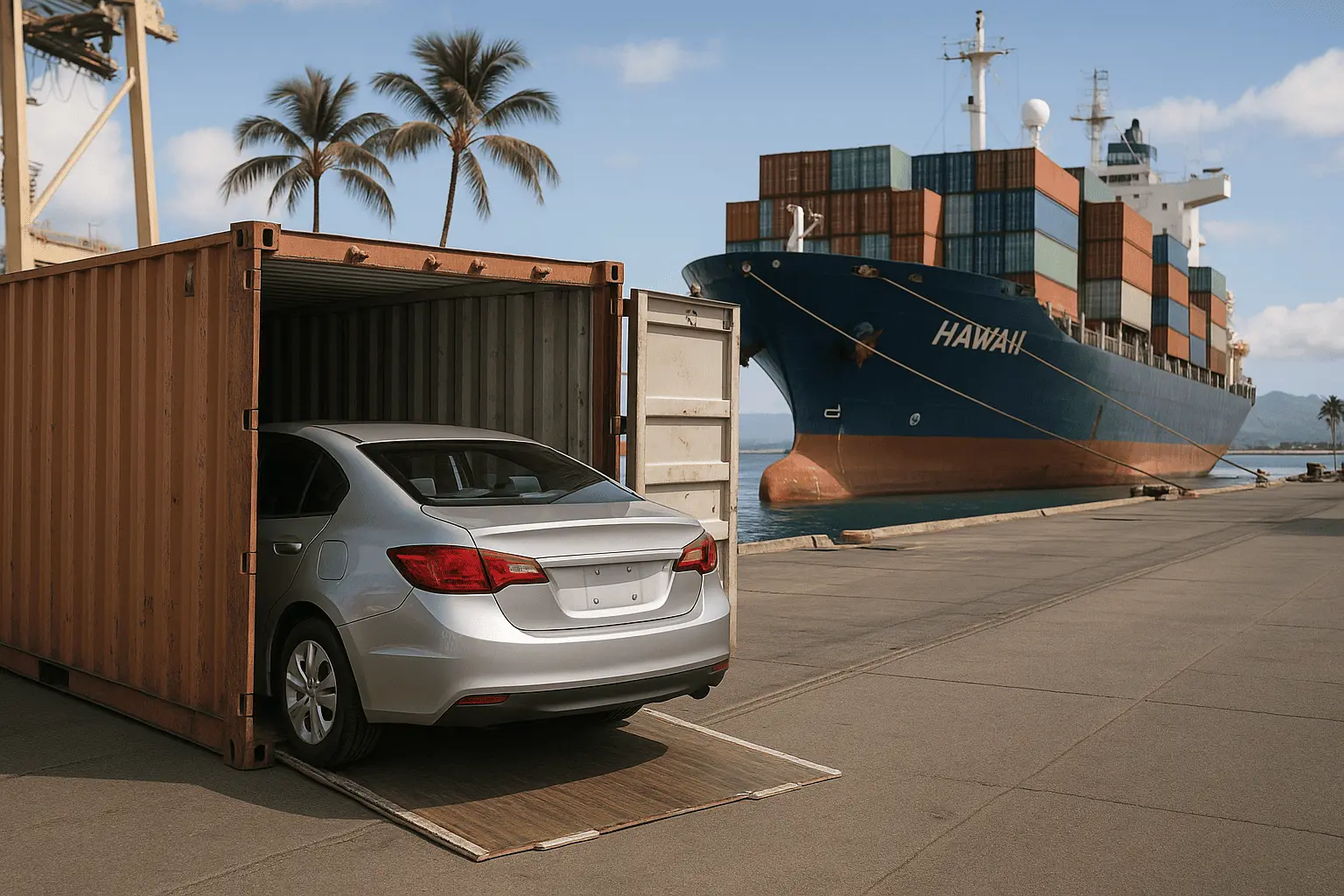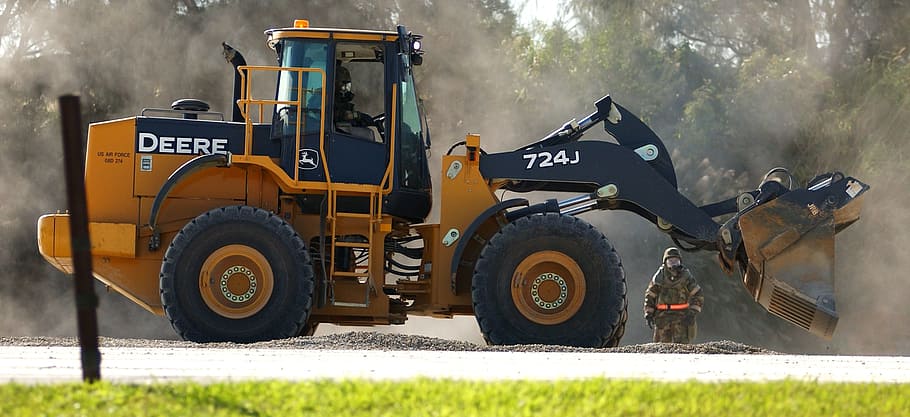As we approach 2025, the automotive market is bracing for significant changes. From shifts in technology to evolving consumer demands and ongoing supply chain issues, many factors will contribute to the future of car values. This article explores the key elements likely to influence car values in 2025, offering insights into how these factors could impact both new and used vehicles.
Economic Trends and Their Influence on Car Values
One of the biggest determinants of car values in 2025 will be the state of the global economy. Several economic factors could either bolster or suppress car prices, depending on how they unfold over the next few years.
Inflation and Interest Rates
With global inflation on the rise, central banks are hiking interest rates to combat it. The cost of borrowing will likely remain high through 2025.
If inflation continues to drive up the cost of raw materials and labor, manufacturers may be forced to pass those increases on to consumers, keeping car prices elevated. On the flip side, if inflation is brought under control, we may see more stable pricing for new vehicles. However, any sustained period of high inflation could erode consumer purchasing power, leading to reduced demand and potential price softening.
Supply Chain Recovery
The automotive industry has been plagued by supply chain disruptions, particularly due to the global semiconductor shortage, which crippled production for much of 2020-2023. As supply chains gradually recover, car production is expected to return to more normal levels by 2025. This recovery could lead to a larger supply of new vehicles, easing some of the pricing pressures we’ve seen recently.
An increase in supply could stabilize new car prices, but it may also affect the used car market. Over the past few years, shortages in new cars have driven up the value of used vehicles to unprecedented levels. Once new cars become more readily available, the demand for used cars may decrease, leading to a potential drop in prices across the secondhand market.
The Rise of Electric Vehicles and Its Impact
The shift toward electric vehicles (EVs) is one of the most significant trends shaping the future of car values. With many countries pushing for greener transportation and offering incentives to purchase EVs, this segment of the market is expected to grow rapidly by 2025.
Increasing EV Adoption
Governments around the world have set ambitious targets to reduce carbon emissions, and one of the most effective ways to achieve this is through the adoption of EVs. Countries such as the United Kingdom and several states in the U.S. have already set dates for phasing out new internal combustion engine (ICE) vehicle sales. As EV adoption increases, the resale value of traditional gasoline and diesel-powered cars may suffer.
Consumers looking for greener, more cost-effective options may turn to EVs, leading to a decrease in the demand for ICE vehicles. As a result, ICE cars, especially those with low fuel efficiency or high emissions, could see significant depreciation. However, certain ICE vehicles, like classic cars or high-performance models, may retain their value due to niche markets.
Government Incentives and Regulations
In many countries, governments have rolled out financial incentives to encourage consumers to purchase EVs. These incentives, ranging from tax credits to rebates, have made EVs more affordable, increasing their appeal to buyers. By 2025, these incentives are expected to continue driving demand for electric vehicles, further affecting the value of ICE cars.
Additionally, stricter emissions regulations could make owning an ICE car more expensive due to higher taxes and maintenance costs. This could accelerate the depreciation of ICE vehicles, especially in regions where EV infrastructure is well-developed and governments are more aggressive with environmental policies.
Technological Advancements and the Future of Car Features
In the coming years, technology will play an increasingly important role in determining car values. Vehicles are becoming more connected and automated, and these changes could reshape what consumers look for when buying new or used cars.
Autonomous Driving Technology
By 2025, we may see a rise in vehicles with advanced driver-assistance systems (ADAS) or even fully autonomous capabilities. Cars equipped with autonomous driving technology will likely be more desirable, commanding higher prices in both new and used markets. Consumers may see the value in vehicles that offer increased safety, convenience, and comfort, especially in urban environments where traffic and parking are constant concerns.
Conversely, vehicles without these technologies may depreciate faster, as they become outdated in comparison to newer models. Cars that lack autonomous or semi-autonomous features could be seen as less safe or less convenient, driving down their market value over time.
Software-Driven Features and Over-the-Air Updates
Automakers are increasingly focusing on software-driven features. These allow vehicles to receive over-the-air (OTA) updates that improve performance or add new functionality. This could become a key selling point for consumers. Cars with OTA capabilities may retain their value better over time. Owners of these vehicles won’t need to buy a new car to get the latest features. Updates can be installed remotely.
In contrast, traditional cars that rely solely on hardware upgrades may become less desirable, as they require more frequent and costly physical updates. This shift toward software-driven upgrades could lead to a quicker depreciation of older models without these capabilities.
Changing Consumer Preferences and Mobility Trends
The way people use cars is evolving, and these changes are expected to influence car values in the future. Shifting attitudes toward car ownership, sustainability, and mobility services will all play a role in shaping the automotive market by 2025.
The Decline of Personal Car Ownership
One major trend impacting car values is the decline of personal car ownership, particularly in urban areas. Ride-sharing platforms like Uber and Lyft, as well as car subscription services, are gaining popularity. By 2025, we may see a significant shift toward shared mobility solutions, reducing the need for personal vehicle ownership.
This could lead to a decrease in demand for both new and used cars, particularly in cities where public transportation and shared mobility are easily accessible. As a result, car values may soften in areas where consumers no longer prioritize owning a vehicle.
The Sustainability Factor
Younger generations, including Millennials and Gen Z, are increasingly focused on sustainability and environmental responsibility. This shift in consumer values is expected to impact car purchasing decisions. Cars with poor fuel efficiency or high emissions may see a quicker depreciation, as environmentally conscious consumers gravitate toward more eco-friendly options like EVs or hybrid vehicles.
The push for sustainability could also impact the secondhand market. Consumers may be less inclined to purchase older, less efficient vehicles, driving down their resale value. On the other hand, cars with strong fuel efficiency ratings or hybrid technology may retain their value better.
The Future of the Used Car Market
The used car market has been highly volatile in recent years, with prices skyrocketing due to shortages in new vehicles. However, by 2025, the situation is expected to stabilize.
Normalization of Used Car Prices
The supply chain disruptions that inflated used car prices are likely to ease by 2025. As new car production increases, the demand for used vehicles could decline, causing prices to drop. While used car values may not return to pre-pandemic levels immediately, they are expected to normalize as the market becomes more balanced.
However, certain factors could affect the speed of this normalization. For instance, if inflation and production costs remain high, new car prices may stay elevated, keeping demand for used cars higher than expected. Similarly, any new disruptions to supply chains could once again drive up the value of secondhand vehicles.
Value Retention for Niche Vehicles
Not all used cars will depreciate at the same rate. Certain vehicles, particularly those with unique features or limited production runs, may hold their value better. Classic cars, high-performance vehicles, and well-maintained models with low mileage could remain desirable, especially among collectors or enthusiasts.
On the other hand, vehicles with outdated technology, poor fuel efficiency, or high emissions may lose value more rapidly. As consumers become more selective about the cars they buy, these older models could struggle to compete with newer, more advanced vehicles on the market.
Conclusion: What to Expect in 2025
The automotive market in 2025 will be shaped by a variety of factors, from economic conditions and technological advancements to shifts in consumer preferences. Electric vehicles are expected to become more prevalent, potentially driving down the value of traditional internal combustion engine cars. Technological features such as autonomous driving and software-driven updates could also influence car values, as vehicles with these capabilities may retain their value better.
While used car prices are likely to stabilize, the market could see further depreciation for vehicles that lack modern features. Cars that are less environmentally friendly may also lose value. As car ownership trends evolve, the demand for personal vehicles may decline. Mobility services are gaining popularity, which could lead to a softer market for new and used cars alike.
Being aware of these trends will help both buyers and sellers navigate the changing landscape of car values in 2025, making more informed decisions about their automotive investments.






